Choosing what vegetables to grow in a small space garden can be both exciting and overwhelming. There are so many options every year from common staples such as tomatoes and herbs to fun and less familiar plants such as kohlrabi and lemon grass. But how do you even begin to choose the best plants for your small space vegetable garden?
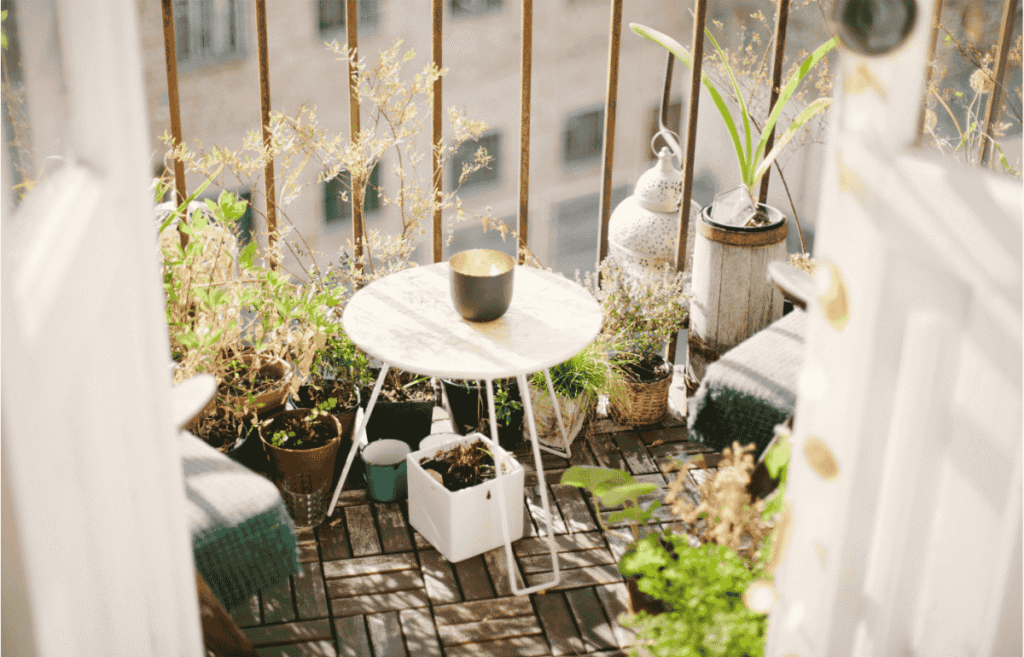
In this post you will learn six questions you must ask yourself to determine the best vegetables to grow in YOUR garden.
Every garden is different, so a list of some generic vegetables will not do. The best thing to grow depends on your gardening zone, how much light you get, climate, etc. So instead of presenting you with a list of vegetables for small spaces, I will present you with some questions to ask yourself.
Make a list of a few vegetables you would like to grow and then consider the following:
1. Is It Suited to Your Climate?
The first question to consider when choosing any plant for your small space vegetable garden is your climate. Your area’s temperature ranges, length of seasons, and amount of rainfall all play a significant role in the life of your plants. If these conditions are not suited to what you choose, you will be setting yourself up for failure right off the bat.
If you want to know whether or not a plant is suited to your local climate, there are a few things you can do:
- Know your hardiness zone. You can find this by going to the USDA Plant Hardiness Zone Map and typing in your Zip Code.
- Talk to a local nursery. Often, people here are more than happy to share their knowledge with you and get you started on your gardening journey. Talk to them about what does well, what to avoid, and specific varieties that thrive in your area.
- See what people are growing around you. Sometimes you can tell what does well in your area just by looking at what everyone else has in their garden. For example, here nearly every vegetable garden has peppers, cucumbers, or tomatoes. And sure enough, those do fantastically in my area.
- Look at some other free resources such as:
- Urban Farmers Planting Schedules by Zone
- Epic Gardening’s Perennials by Gardening Zone (This one has some fun vegetables and varieties)
- Find a resource local to your area! I have my own favorite resource local to North Texas. There are equivalents to many areas of the country, so get online and look for one specific to your area.
The Importance of Choosing the Right Plant Variety
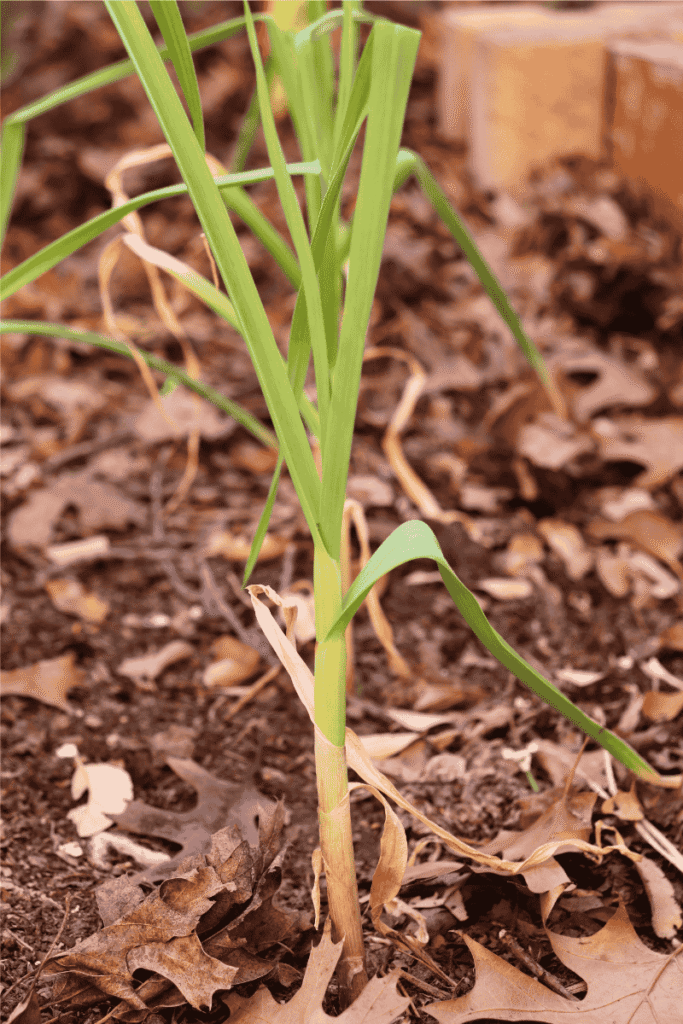
Sometimes it’s not enough to find a generic vegetable suited to your hardiness zone. Make sure you are also choosing a variety that matches your needs. If your garden has aphids, find out if there’s a variety of the vegetable you want that is more resistant to them. The same thing can go fungal diseases, amount of sun, heat, or even rain.
This step takes a bit more research, so if you’re just starting out and eager to begin, you might want to tackle this one next year.
Make Sure Your Soil is Also Suited to Your Plant
The type of soil you have (sandy, clay, peaty, etc.) can also have adverse affects on your plants. Make sure you know what does well in your natural soil. Consider also testing your soil’s PH level and nutrients to know what you may need to adjust before planting a specific vegetable.
One of the best ways to improve your soil is by composting! Learn how to compost with this Beginner’s Guide to Composting.
2. Do You Already Eat This Vegetable?
While perusing seed logs or searching ideas on Pinterest, excitement starts to set it. There are so many options, yet so little space! Unfortunately, this excitement can cloud judgement. Something to always consider when choosing what to grow in a small space vegetable garden is what your family regularly eats. Sure, kohlrabi may do fantastically in your area, but would you eat it? What about your kids?
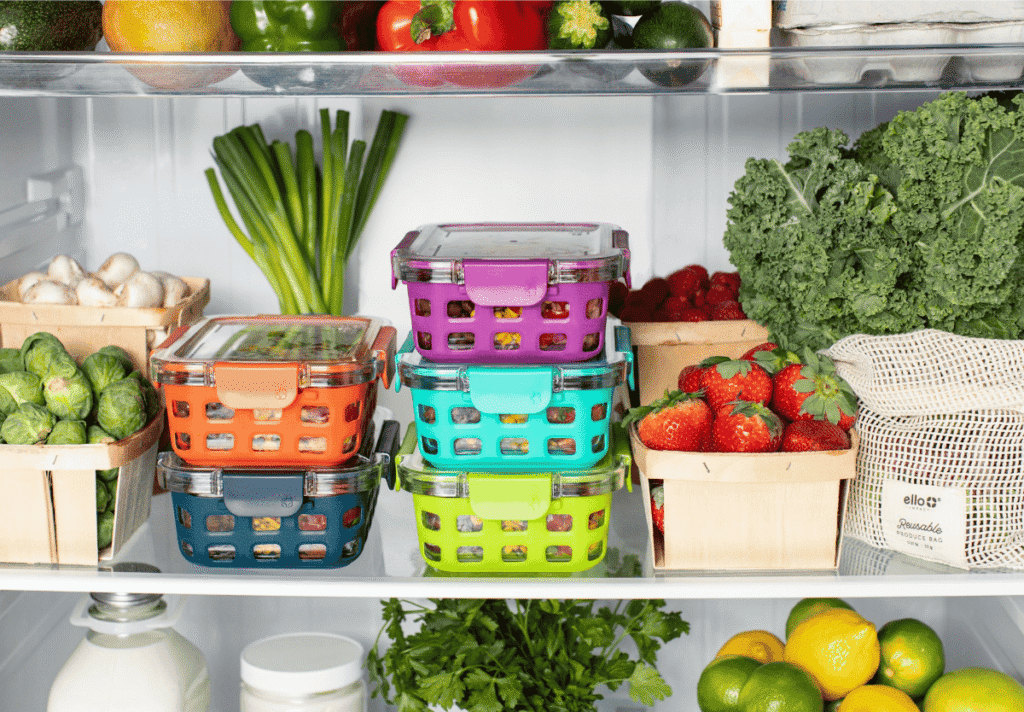
Look through your fridge and ask yourself, “What do we regularly eat?” Prioritize those vegetables as long as they do well in your area. This doesn’t mean you can’t experiment with something new, but maybe only grow a little bit of it until you know whether or not you will actually eat it.
3. Does It Grow Well in Containers or Small Spaces?
This should be pretty obvious for a small space vegetable garden. If you are growing your produce within a garden bed or pots on a patio, there are some vegetables that won’t work. Avoid things like corn, beans, or larger produce such as melons.
Make use of vertical gardening with trellises when possible to optimize your growing space. If you want a simple tutorial to make your own upright trellis, check out our DIY Upright Trellis Tutorial. Just make sure to leave plenty of space for air to circulate between your plants to avoid disease spreading among your plants.
4. Is It Affordable to Buy it From the Grocery Store or Farmer’s Market?

This is something a surprising amount of people don’t consider. Let’s be honest, gardening is hard work. If you have a limited space to grow fresh, organic produce, why waste it on items that are cheap to buy?
In my area, I’m thinking carrots and spinach. The organic, non GMO versions of these vegetables are hardly more than the regular. I don’t want to waste my limited gardening space on those when I could focus on pricier organic produce.
5. Does It Have a High Yield?
Another question to consider when choosing what to grow, especially in a small space vegetable garden, is how much harvest it yields. For example, growing one potato or carrot seed will bring you one potato or one carrot, but growing a jalapeño seed will bring you many jalapeños. Consider also leafy vegetables that are cut and come-again such as spinach, lettuce, or kale.
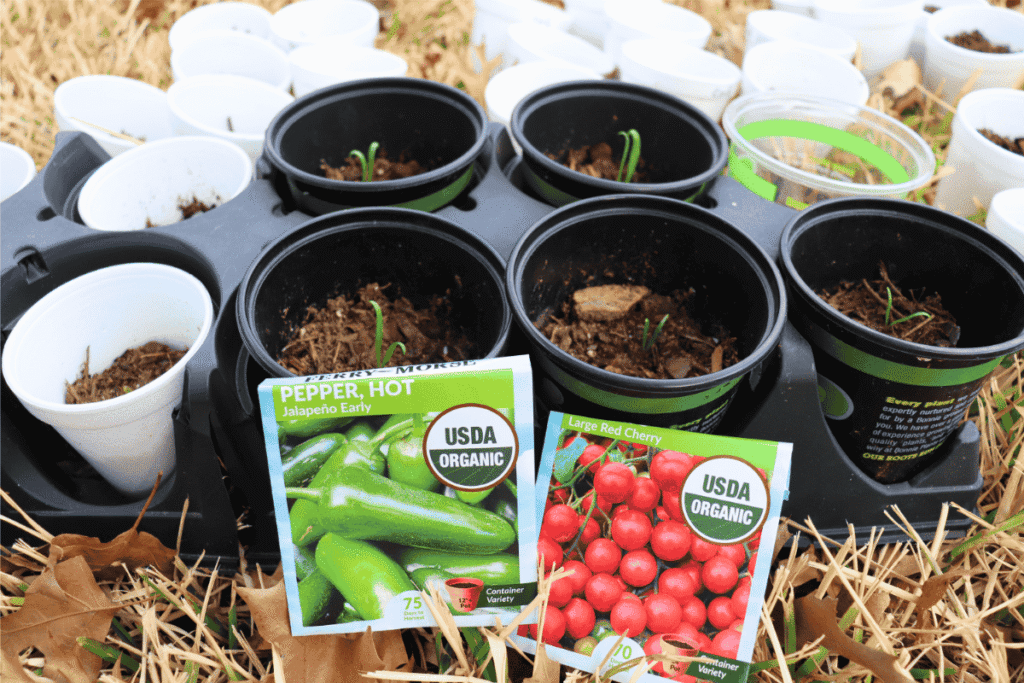
Basically, you want to maximize the space you do have by growing vegetables that produce a high yield compared to the space they take up.
6. How Long Does it Take to Produce?
The last question to consider is how long the vegetable takes to grow from seed to harvest. The less time you are taking up your garden space with one plant, the better! Opt for bok choy over green cabbage, or kale over asparagus. Make the most of your space by planting quick-growing crops.
My Go To Picks For Our Garden (Zone 8b)
- Cherry Tomatoes
- These are huge producers and do excellently in our semi-shaded garden bed.
- Jalepenos
- Another big producer that thrives in Texas heat! It’s a great crop for pots.
- Pickling Cucumbers
- Okra
- A new addition to our garden, this one requires a bit more space and a trellis. It will do greatly in a garden bed, but it’s not for pots! It will grow quickly!
- Bok Choy
- We struggle with larger brassicas because of the short cold season here. Bok choy grows quickly, maturing within eight weeks!
Want a simple flow chart to help you decide?
Sign up below to get two free visual charts to help you decide what to grow this season as well as other gardening tips and tricks sent straight to your inbox!
If you found this post helpful, share it with other small-space gardening enthusiasts and leave a comment below!

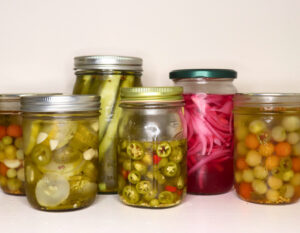
Leave a Reply